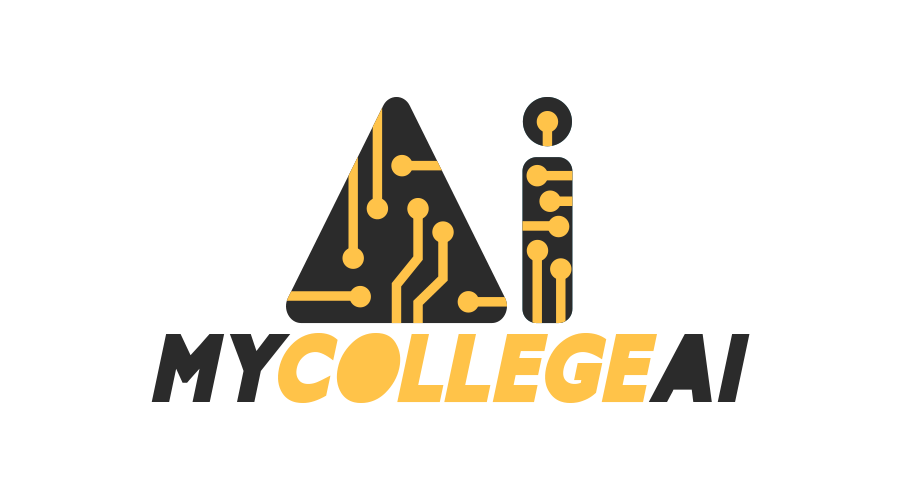Data cleaning & preprocessing are crucial steps in any data analysis project. They ensure the data is accurate, consistent, and ready for analysis. Whether enrolled in a data science course or working on a real-world project, mastering these techniques is crucial. Below are some tips to help you effectively clean and preprocess your data.
- Understand Your Data
Before diving into data cleaning, it’s essential to understand the data you’re working with. This includes knowing the source of the data, its structure, and the type of variables it contains. For instance, during a data science course in Pune, you might be taught to examine the data types and distribution to identify any inconsistencies or missing values. A thorough understanding of your data lays the groundwork for effective cleaning and preprocessing.
- Handle Missing Data
Missing data is a common problem in datasets, and how you handle it can impact your analysis. During a data science course in Pune, you might learn various techniques to address missing data, such as imputation or removal. The choice of method lies in the context of your analysis and the nature of the missing data. For instance, if the missing data is random, you may blame it using the mean or median values.
- Remove Duplicates
Duplicates in your dataset can lead to biased results and affect the accuracy of your analysis. As you might learn in a data scientist course, identifying and removing duplicates is a crucial step in data cleaning. Use built-in functions in tools like Python or R to locate and remove duplicates, ensuring your dataset is unique and reliable.
- Normalise and Standardise Data
Data normalisation and standardisation are techniques used to scale data, making it suitable for analysis. Whether taking a data science course or working on a project, understanding when and how to apply these techniques is critical. Normalisation scales the data to a range of 0 to 1, while standardisation calibrates the data to have a mean of 0 and a standard value of 1. These techniques are instrumental when working with machine learning algorithms.
- Address Outliers
Outliers can skew your analysis and lead to incorrect conclusions. You’ll learn to identify and handle outliers using z-scores or the IQR method during a data scientist course. Depending on the context, you may remove or transform outliers to minimise their impact on your analysis.
In conclusion, effective data cleaning and preprocessing are critical skills in data science. Whether studying in a data science course in Pune or working on your project, these tips will help you prepare your data for successful analysis.

